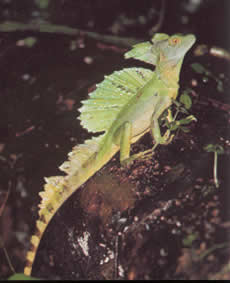|
|
| |
Isla del Caño Biological Reserve |
| |
|
Size:300 hectares.
Distance from San José: 311 kilometers.
Trails:Yes.
Dry season:January through March |
 |
| |
|
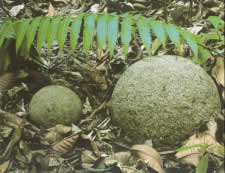 |
Caño Island Biological Reserve lying about 20
kilometers off the Osa peninsula, northeast of Corcovado National Park, is a
site of great archeological interest. The island was once used as a
pre-Colombian cemetery by cultures with a clear South American influence and
it's still possible to see some of the perfectly round stone spheres made by the
former natives of this land. |
| |
|
Wildlife is scarce,
consisting mainly of insects like bees, moths, beetles and mosquitoes,
as well as some frogs and small lizards. Small vertebrates such
as; pacas, opossums, pigs and cattle egrets (the predominant bird
species), are also found here. |
|
| |
|
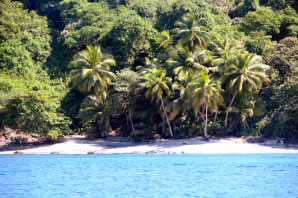 |
The island is surrounded by five platforms
of low coral reefs. Camping areas have been established, near the
ranger station, where you can also find potable water.
It rises 110 meters above sea level,
and it's composed mainly of small white sandy beaches, that sometimes
disappear with the high tide |
| |
|
The greatest attractions
of Caño Island lie beneath the waters surrounding the island. Skin
Diver magazine has rated the site as among the best in the world and
one of the newest hot spots for adventure diving. This virgin area
offers a variety of unique diving attractions, from 15 - 16' reefs
to 80' "walls".
The rock formations are
volcanic origins; sea fans, cup coral, head corals are the most common.
Because of its status as a Biological Reserve the diving in Caño Island
is regulated. |
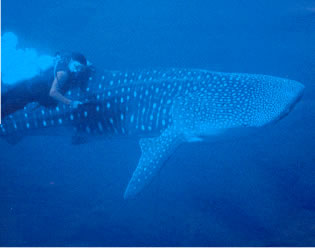 |
| |
|
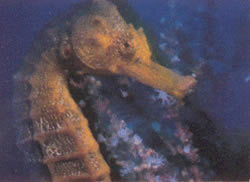 |
Only 10 divers maximum and 5
dive sites are open to the public. By law, it is totally prohibited to
remove any marine objects dead or alive (shells, corals, etc.). Although the
currents and visibility are difficult to predict, the latter is usually
outstanding and rarely gets below 50'. The name of the game here is
"SHARKS"! Lots of them (white-tips) ranging in size from 6-10' as
well as sea turtles, dolphins, stingrays, morays, and huge snapper and
grouper. This could very well be mainland Costa Rica's finest diving spot! Find out more about
diving at Caño Island NOW!!! |
| |
|
Back to Map of Costa Rica and its National Parks
|
| |
|
|


